Have you ever gazed lovingly into your cat’s eyes, only for them to look away just as the moment feels special? It can feel confusing—even a little hurtful—when our feline friends avoid eye contact, especially when we’re sure we share a close bond. But what if avoiding your gaze is actually a sign of trust, not rejection? This surprising behavior is rooted in feline nature, body language, and even their evolutionary past. Let’s unravel the mystery of why some cats turn their eyes away when they’re bonding with you, and discover what your cat is truly trying to say.
The Subtle Language of Cats

Cats are masters of subtlety. Unlike dogs, who wear their emotions on their furry sleeves, cats communicate through tiny movements and nuanced gestures. Eye contact is just one piece of their intricate language puzzle. When a cat avoids direct eye contact, it’s rarely about shyness or disinterest. Instead, it’s often a calculated move, shaped by generations of instinct and finely tuned social skills. Cat lovers who learn to read these signals find that their bond with their feline companion grows even deeper.
Origins in the Wild
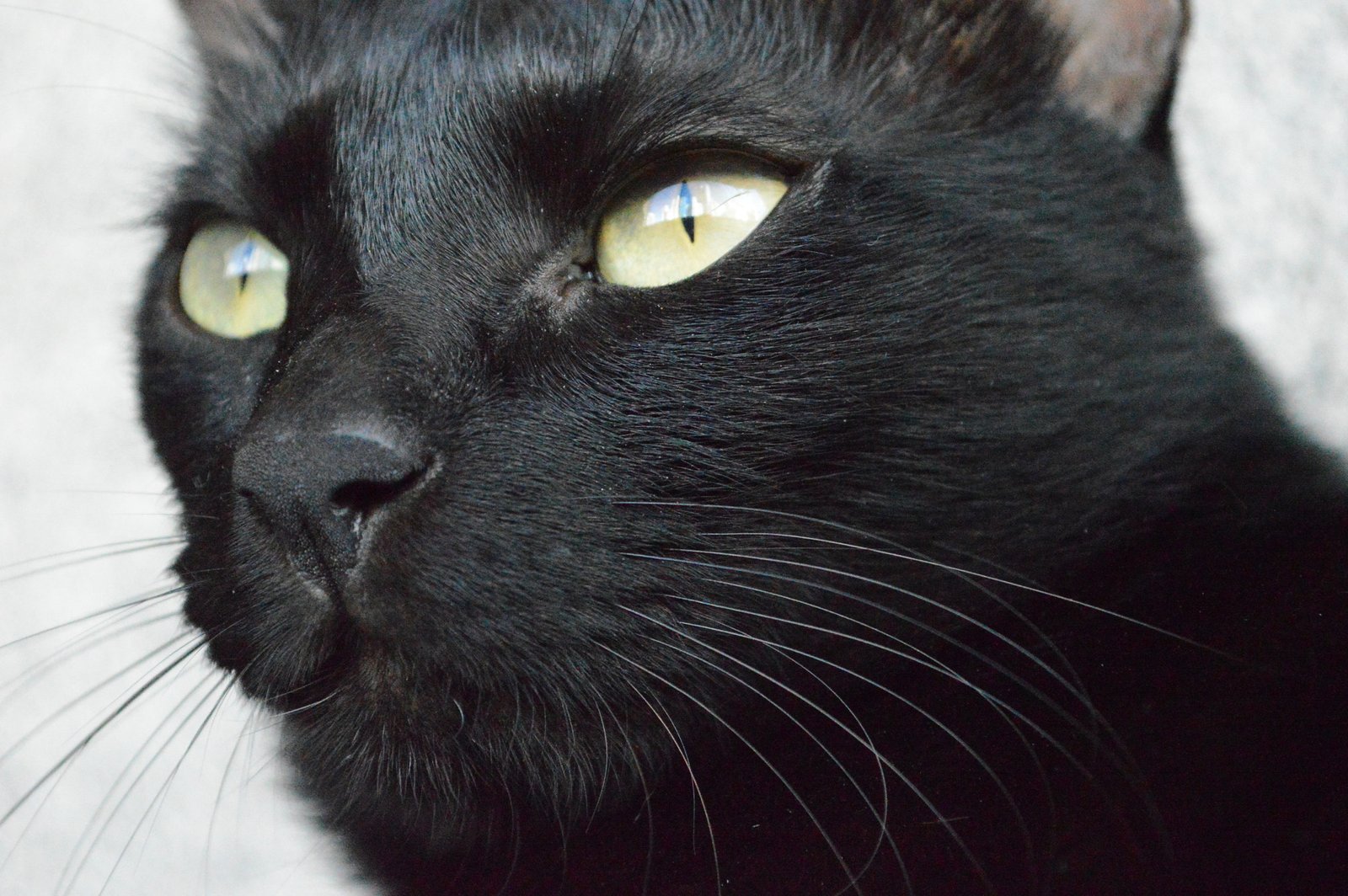
Wild cats needed to be both hunters and survivors. In feline society, a direct stare could mean a challenge or a threat. When cats lived in the wild, staring at another animal could provoke aggression or even a fight. Today’s domestic cats still carry these instincts. Even if your home is a safe haven, their ancient programming makes them cautious about locking eyes—even with those they love most. Avoiding eye contact, then, is a way to keep the peace and show they mean no harm.
Trust Without Staring

It might seem counterintuitive, but when a cat avoids your gaze during bonding moments, it’s usually a signal that they trust you. In cat language, not staring is a sign of comfort. By turning away, they’re saying, “I know you’re no threat to me.” It’s a little like sitting back-to-back with a friend; you don’t need to watch each other to feel safe. This subtlety is one of the many ways cats express their love—quiet, gentle, and easily missed by the untrained eye.
The Power of the Slow Blink
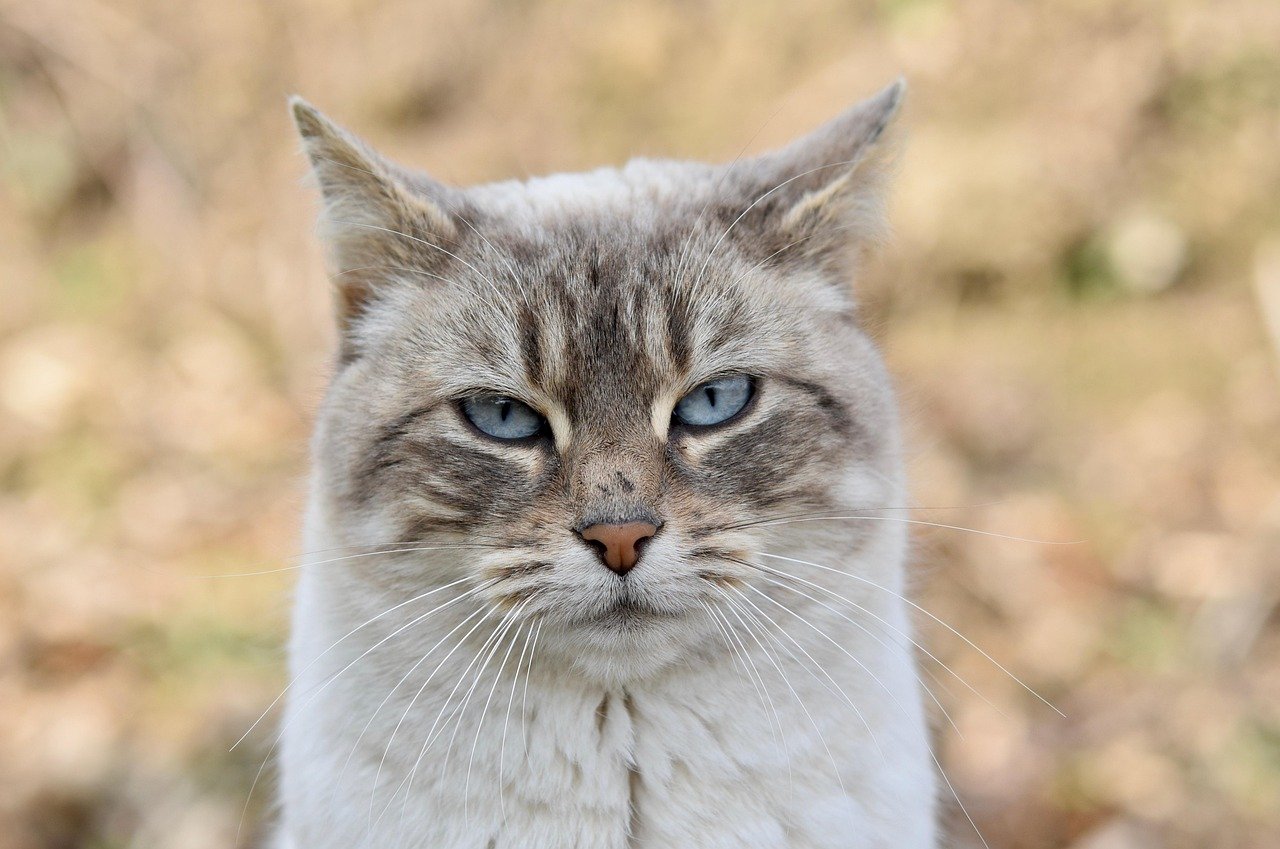
Have you ever noticed your cat giving you a slow, deliberate blink? This is often called a “cat kiss.” Unlike a fixed stare, the slow blink is a clear sign that your cat feels affection and security. If you return the gesture, you’re communicating in a language your cat instinctively understands. The slow blink is a moment of connection—short, sweet, and deeply meaningful. Those who master the art of the slow blink find their bond with their cat only grows stronger.
Eye Contact as a Sign of Dominance
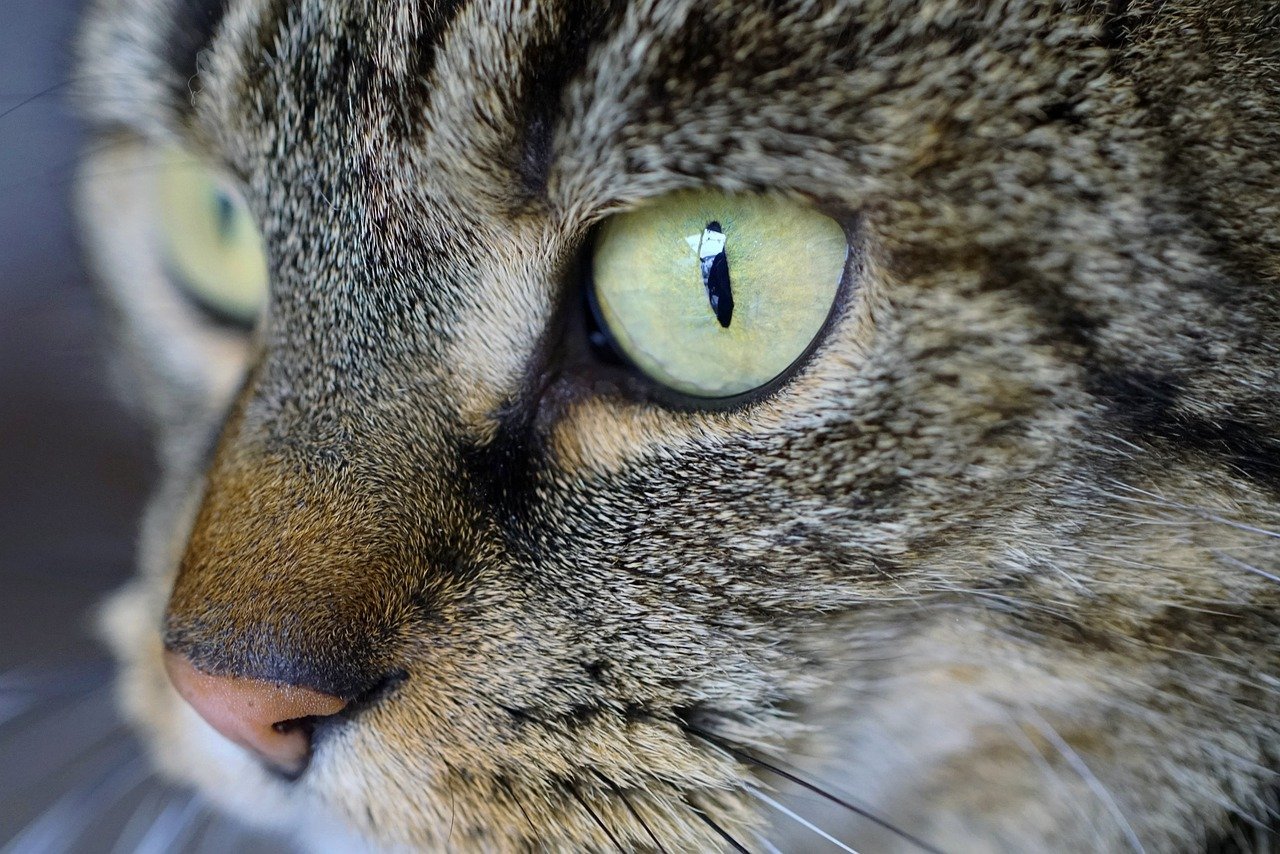
In the feline world, prolonged eye contact can be interpreted as a challenge. Cats that lock eyes are often trying to assert dominance or test boundaries. When your cat looks away, they’re often showing respect for your authority or simply avoiding conflict. This natural deference is especially common in multi-cat households, where social hierarchies are constantly negotiated. By politely averting their gaze, your cat is maintaining harmony and peace in the home.
Individual Personality Differences
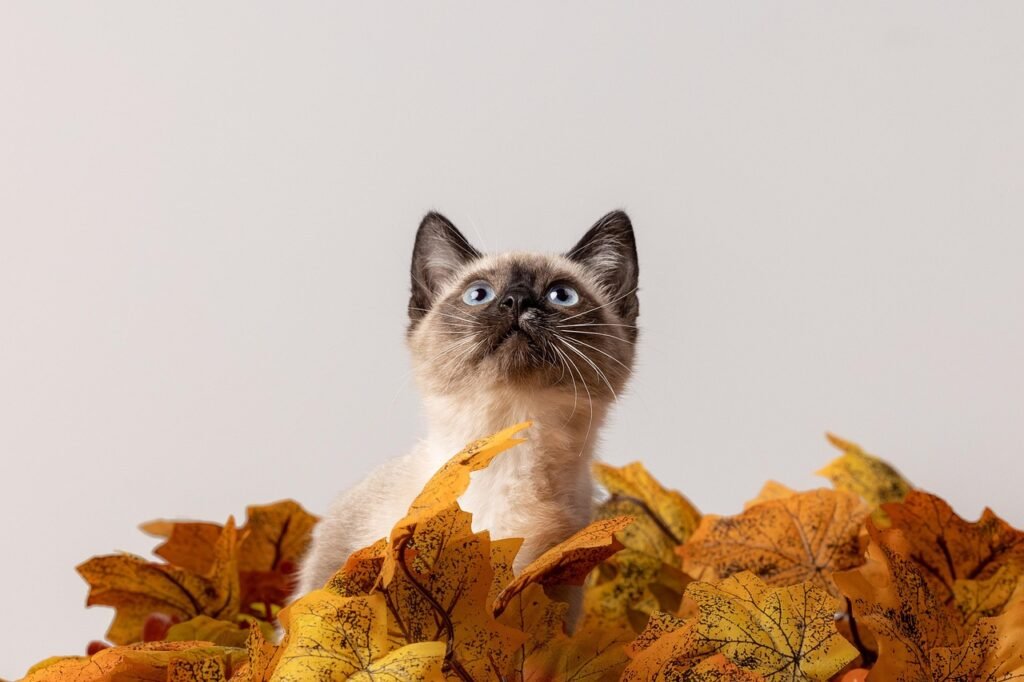
Just like people, every cat has a unique personality. Some cats are bold and confident, while others are shy or reserved. Factors like early socialization, breed, and even past experiences shape how a cat feels about eye contact. For some, avoiding your gaze is simply part of who they are. Understanding these personality quirks can help you appreciate your cat’s unique way of bonding. It’s not rejection—it’s individuality at work.
Body Language Beyond the Eyes
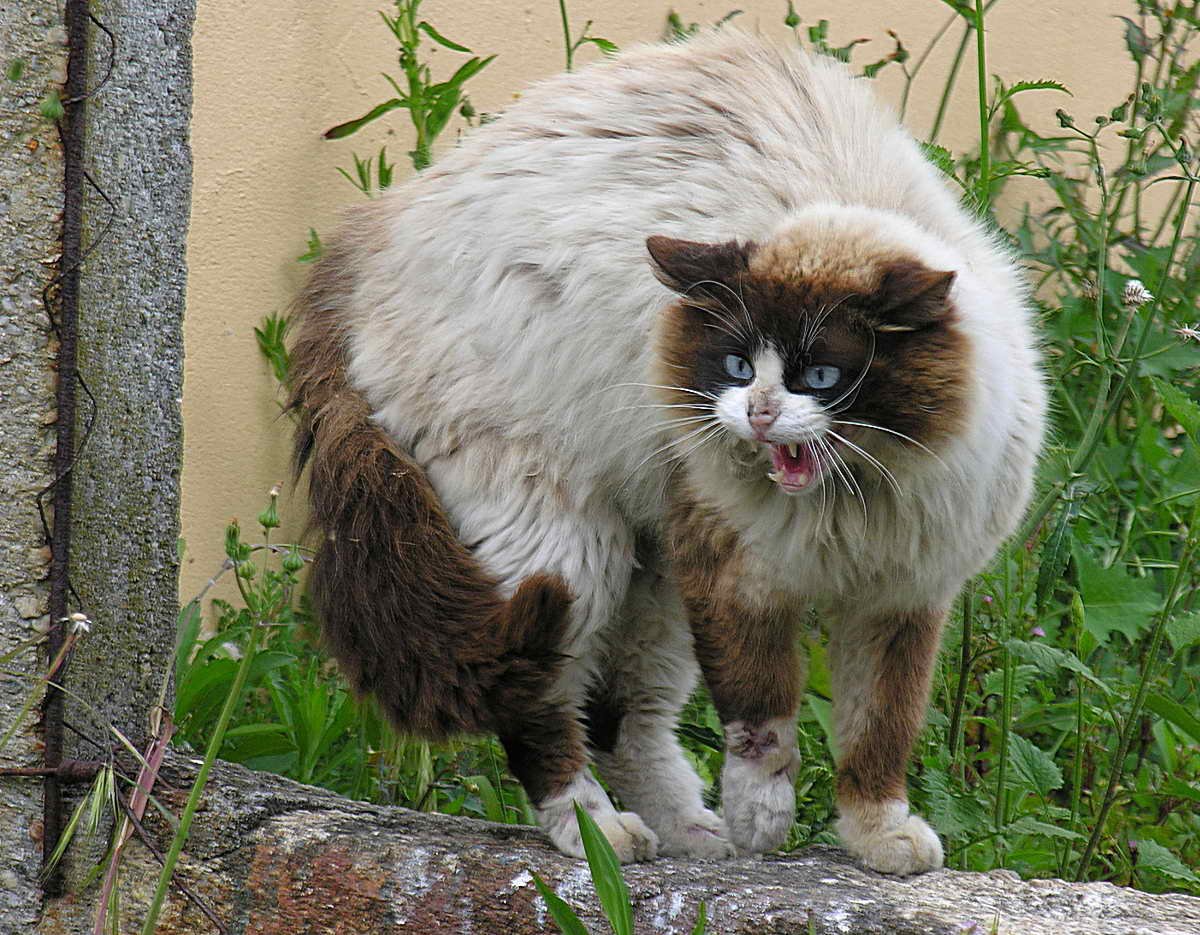
Cats communicate with their entire bodies, not just their eyes. Pay attention to their posture, tail position, and purring. A relaxed body, gentle kneading, or a softly swishing tail are all signs that your cat feels close to you—even if their eyes are averted. In fact, many cats will snuggle close or rub against you while refusing to meet your gaze. Their bodies are telling you, “I love you,” even if their eyes aren’t.
Stress and Anxiety in Cats
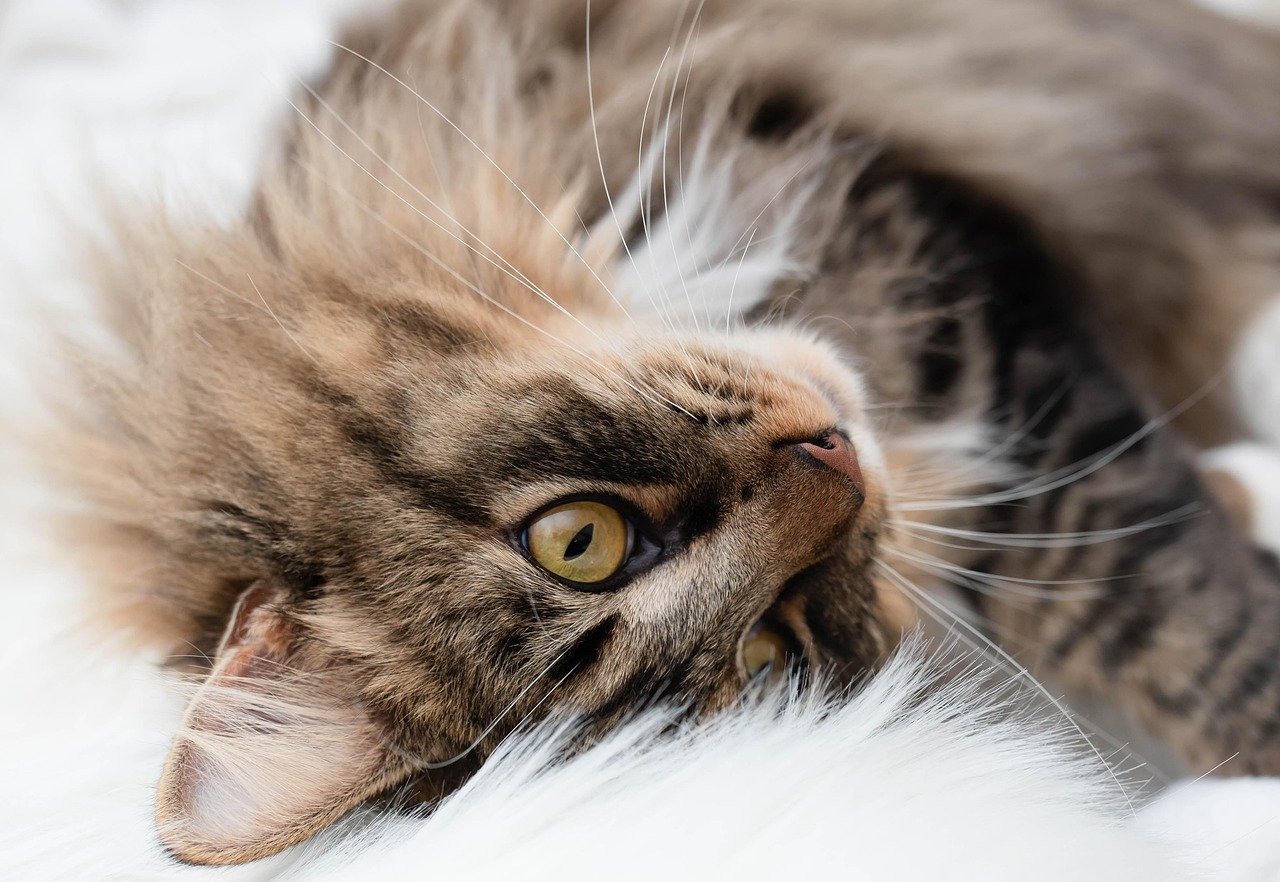
Sometimes, avoiding eye contact can signal discomfort or stress. New environments, strange noises, or unfamiliar people may make your cat nervous. In these moments, breaking eye contact is a way for them to self-soothe and avoid confrontation. If your cat is hiding or acting withdrawn, try to identify and minimize sources of stress. Offering a quiet space and gentle reassurance can help your cat feel safe enough to bond in their own time.
Learning From Their Mothers
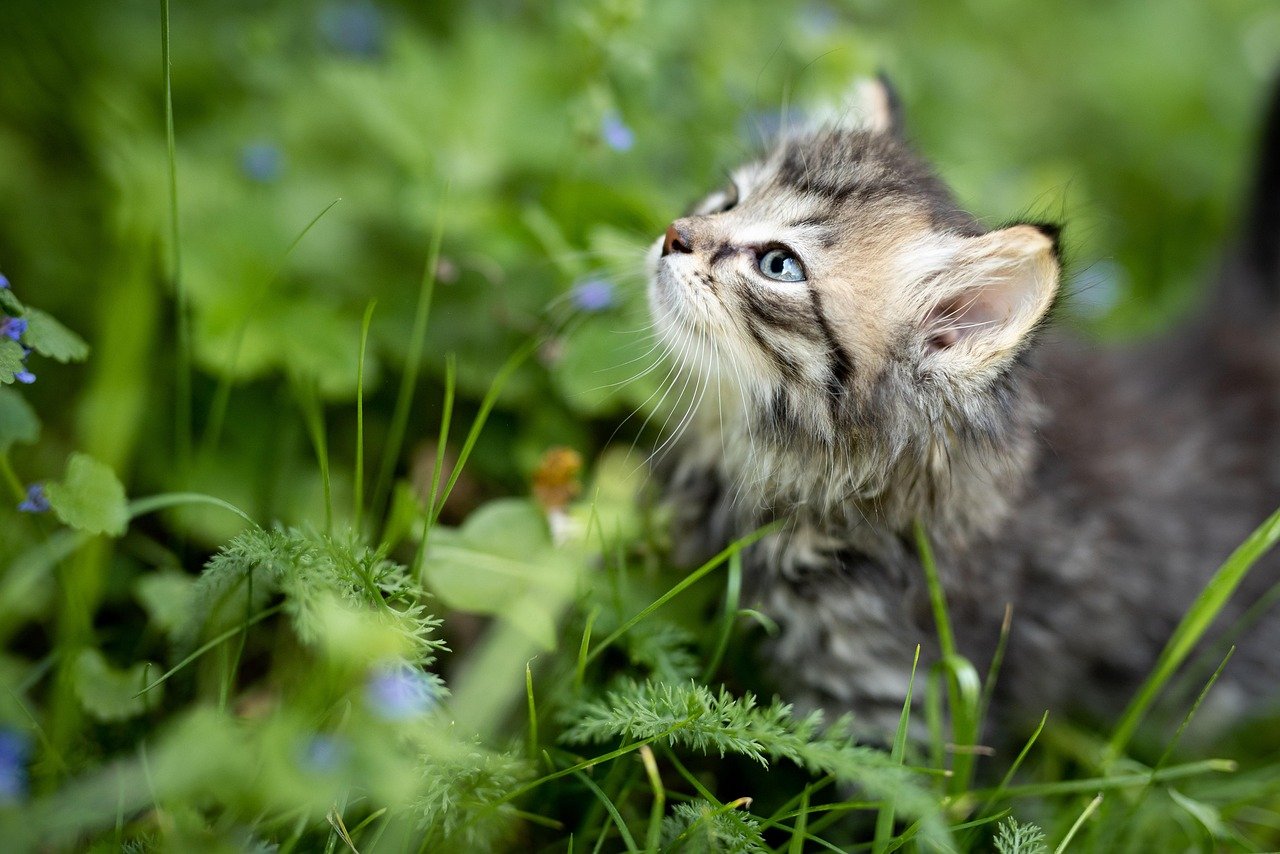
Kittens learn social cues from their mothers and siblings. Mother cats rarely stare at their kittens; instead, they use touch, grooming, and soft vocalizations. This early experience teaches kittens that direct eye contact isn’t necessary for bonding. As they grow, cats carry these lessons into adulthood, preferring to show affection through proximity and gentle gestures rather than through their gaze.
Respecting Personal Space
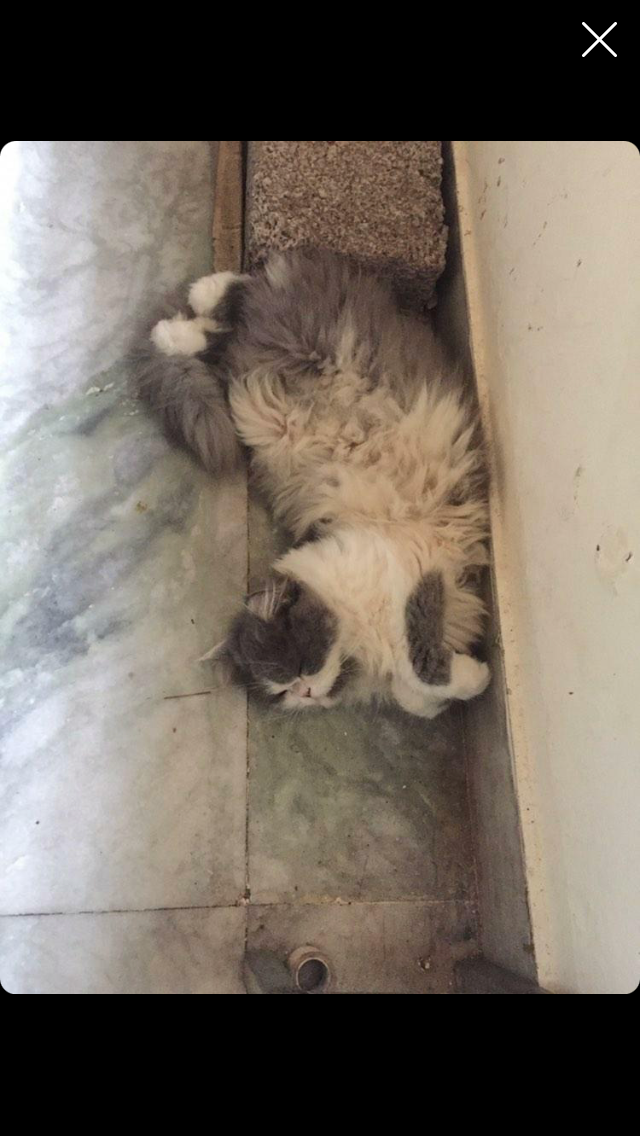
Cats are fiercely independent creatures. They value their personal space and expect others—humans and animals alike—to respect it. Avoiding eye contact can be a polite way for your cat to set boundaries. It’s their gentle reminder that affection doesn’t always mean closeness or intense interaction. Giving your cat the space they crave will only strengthen your relationship over time.
Reading the Whole Picture
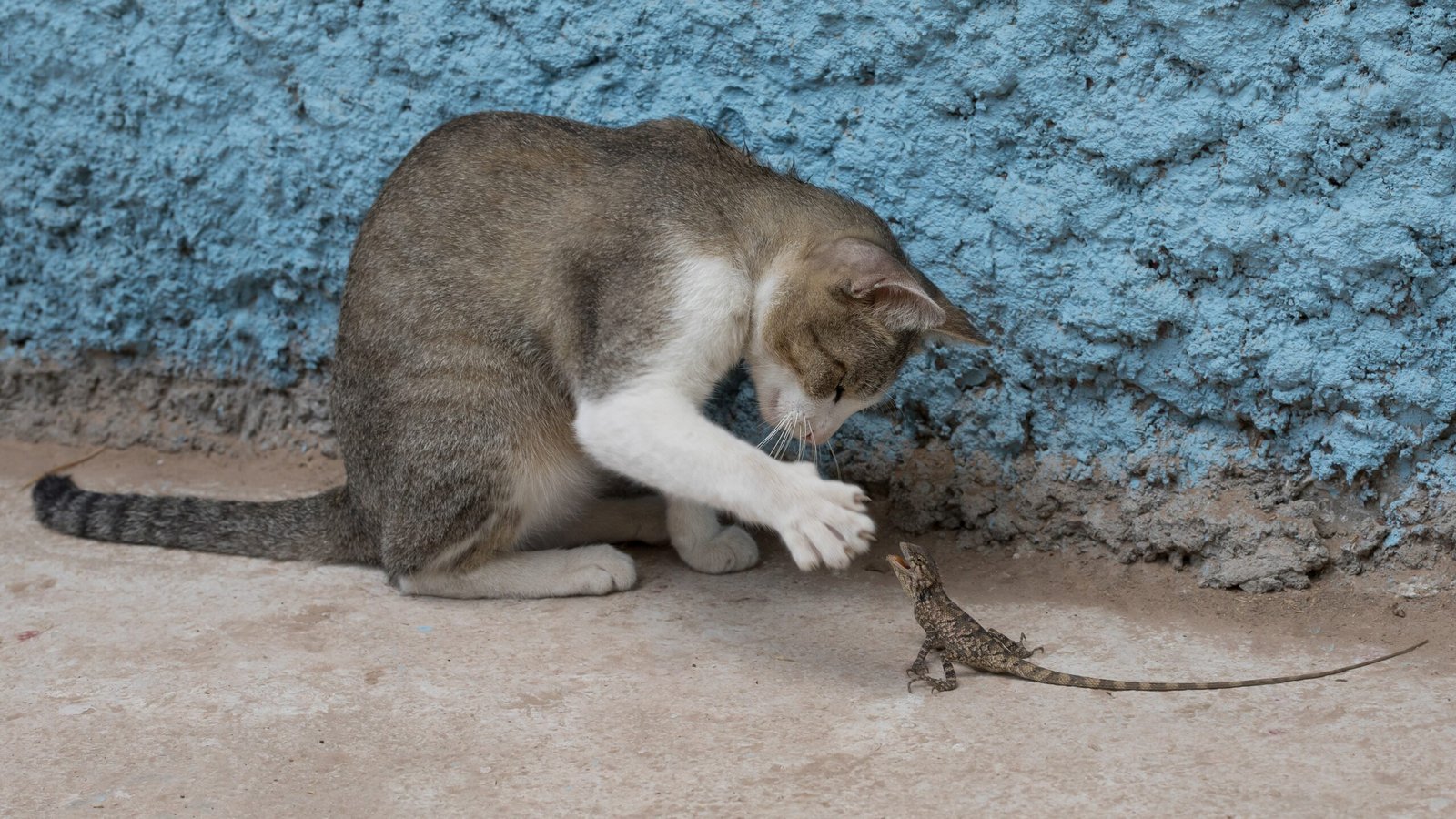
It’s easy to misinterpret averted eyes as a sign of distance or coolness. But when it comes to cats, context is everything. Look at your cat’s overall behavior: Are they purring, kneading, or curling up next to you? These are clear signs that they feel safe and happy. Instead of focusing on eye contact alone, learn to read the broader tapestry of feline communication. It’s a skill that will transform how you experience your cat’s affection.
The Role of Early Socialization
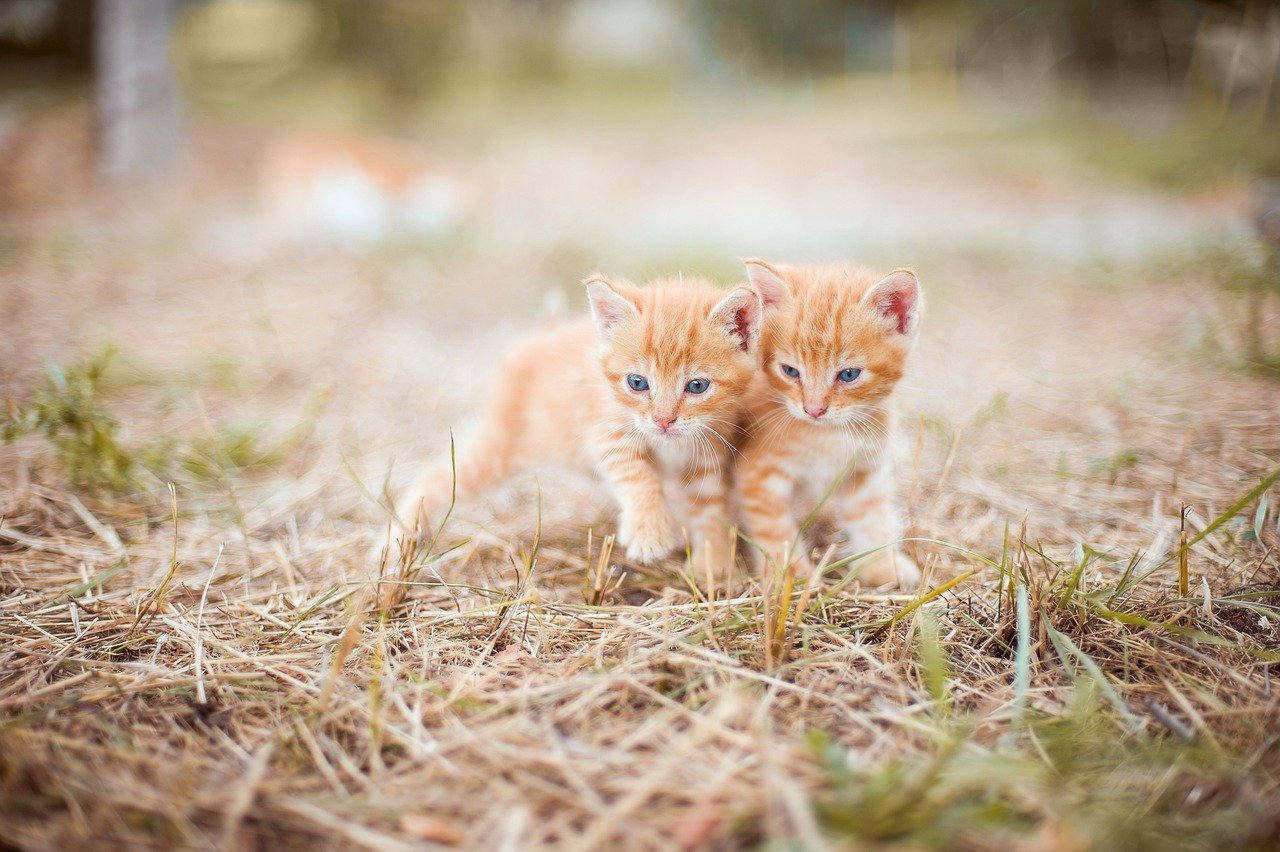
Cats that are handled and socialized from a young age are often more comfortable with eye contact. Kittens exposed to gentle human interaction learn that people are safe and trustworthy. However, even well-socialized cats may prefer to avoid direct stares. Genetics and early life experiences both play a role in shaping this behavior. If your cat came from a less social environment, be patient—they may need extra time to feel secure.
Eye Contact in Multi-Pet Homes
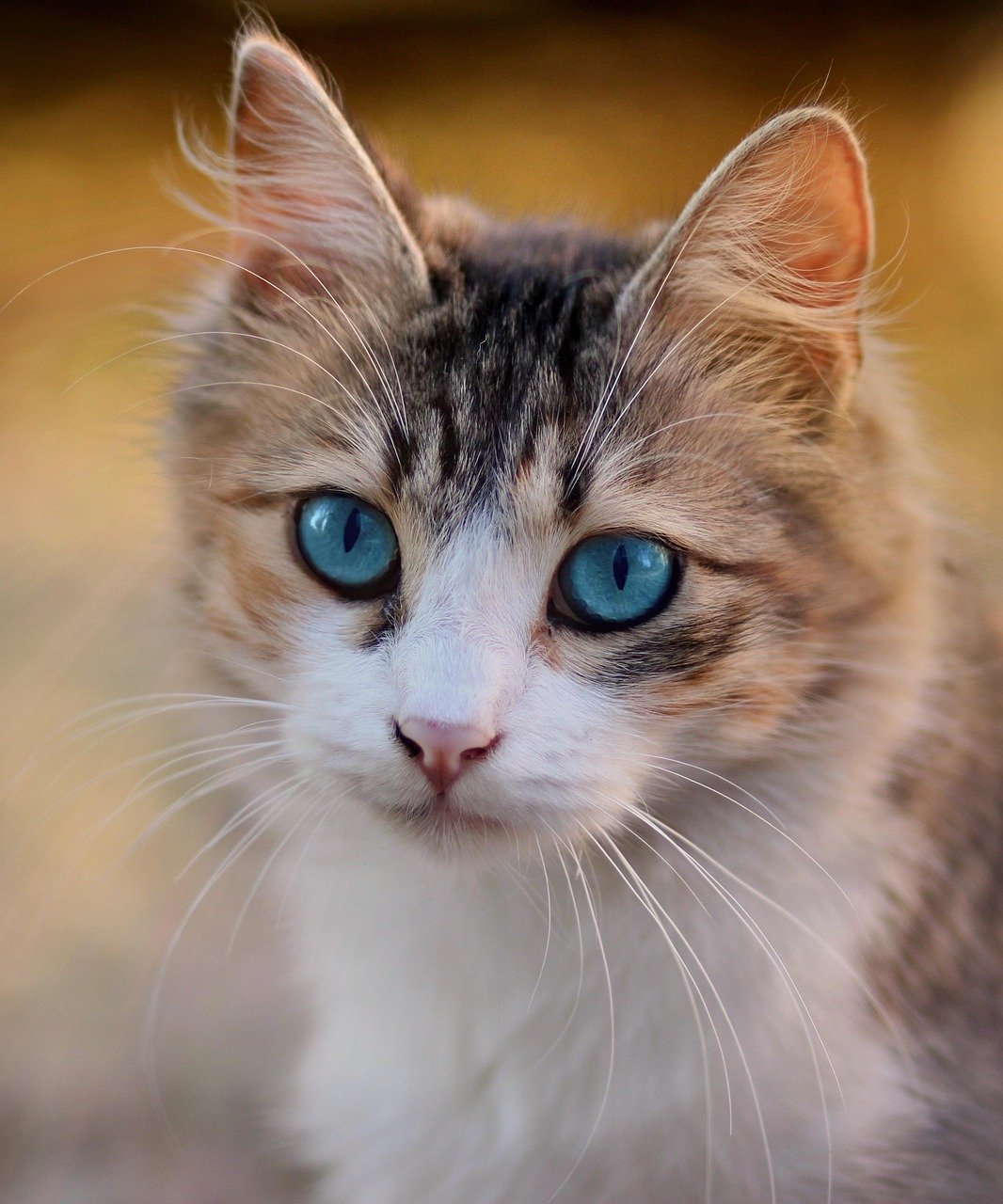
In homes with multiple cats or other pets, eye contact takes on new importance. Cats use their eyes to communicate with each other, often to establish hierarchy or signal peace. You may notice your cat watching other animals closely, then looking away to avoid confrontation. Understanding these dynamics can help you create a more harmonious household. By respecting your cat’s need for space, you encourage healthy relationships between all your pets.
Owner Behavior Matters
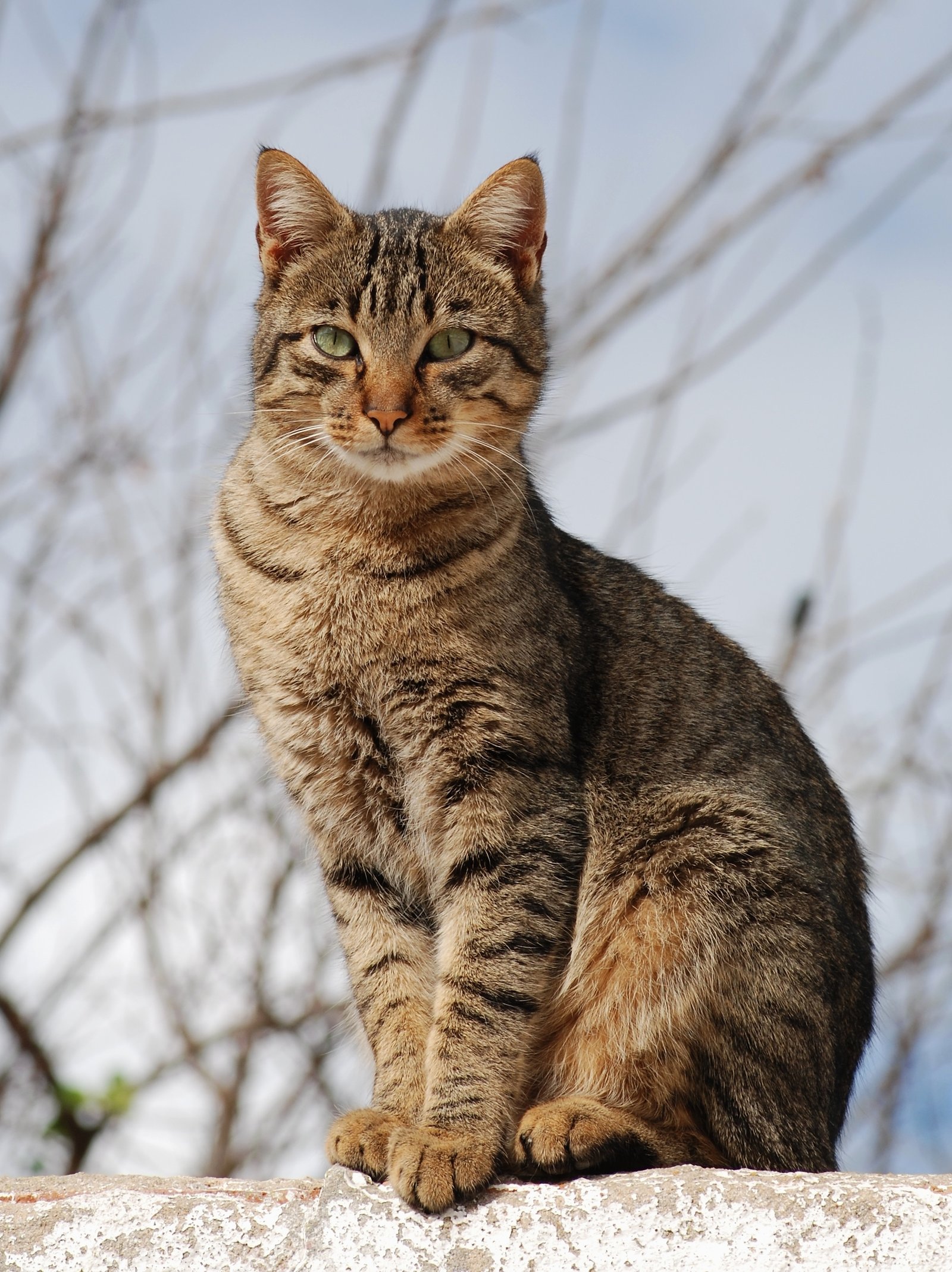
How you interact with your cat influences their comfort with eye contact. Approaching too quickly, leaning over them, or making sudden movements can feel intimidating. Try sitting at their level, speaking softly, and letting your cat come to you. These gentle cues show your cat that you’re a safe presence. Over time, your cat may become more relaxed and even initiate eye contact on their own terms.
Medical Reasons for Avoidance
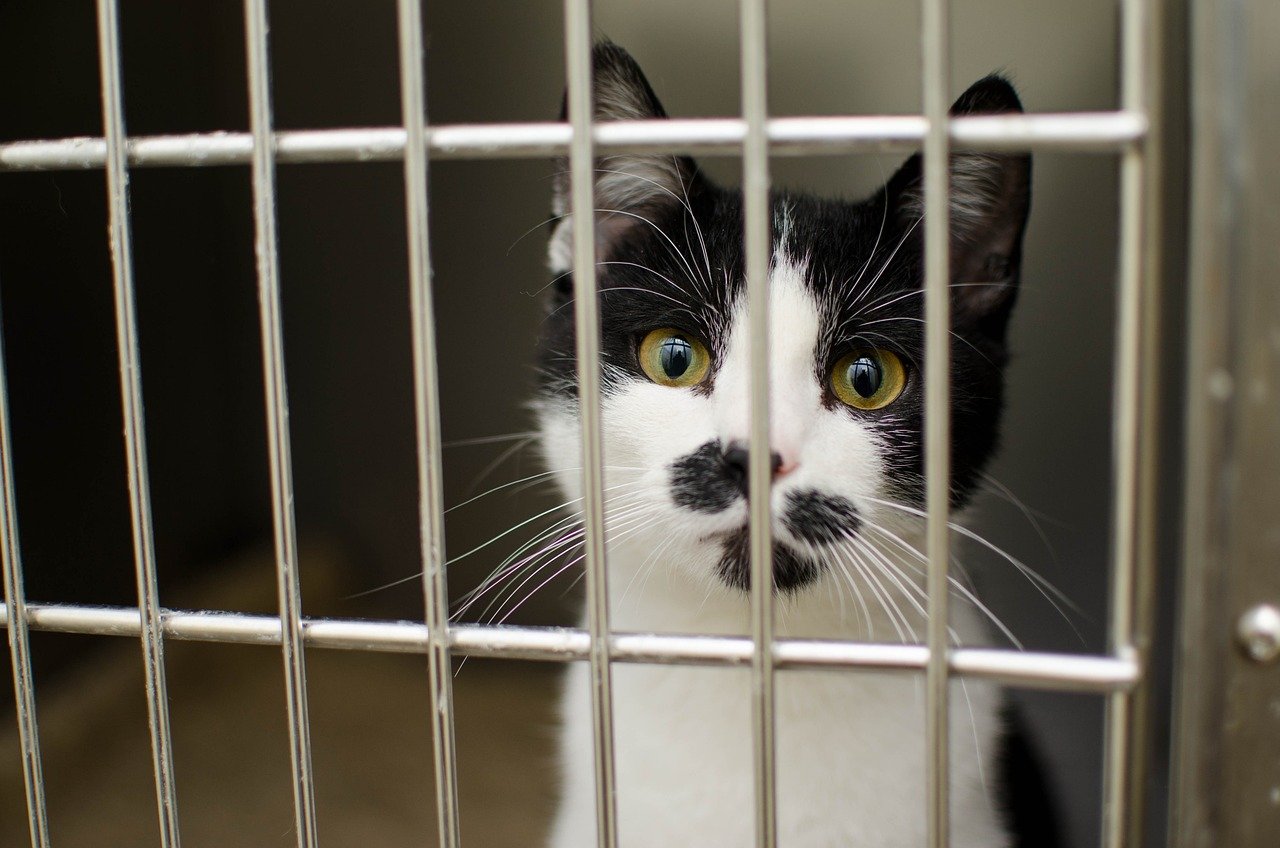
In rare cases, a sudden change in eye contact can signal a health issue. Eye infections, pain, or other medical problems may make your cat avoid looking at you. If your normally confident cat suddenly starts hiding or avoiding your gaze, it’s wise to consult a veterinarian. Addressing any underlying health issues will help your cat feel comfortable and connected again.
Training Your Cat to Trust
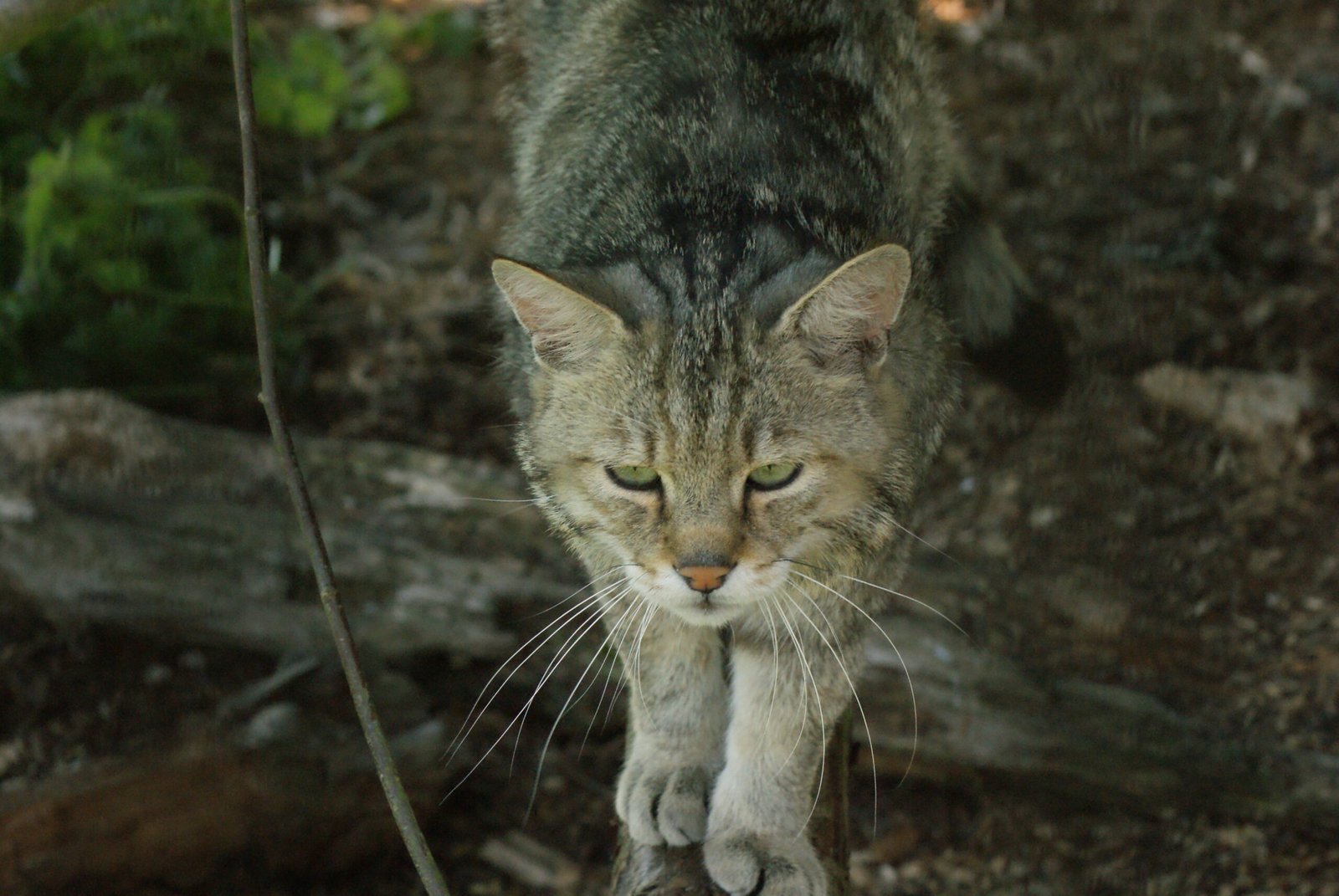
Building trust with a cat takes patience and understanding. Use positive reinforcement, treats, and gentle petting to encourage bonding. Avoid forcing eye contact or holding your cat’s head still. Instead, reward relaxed behavior and offer slow blinks to signal affection. Over time, your cat will learn that you respect their boundaries, making them more likely to seek out your company—and maybe even share a loving glance.
Cultural Myths About Cat Affection
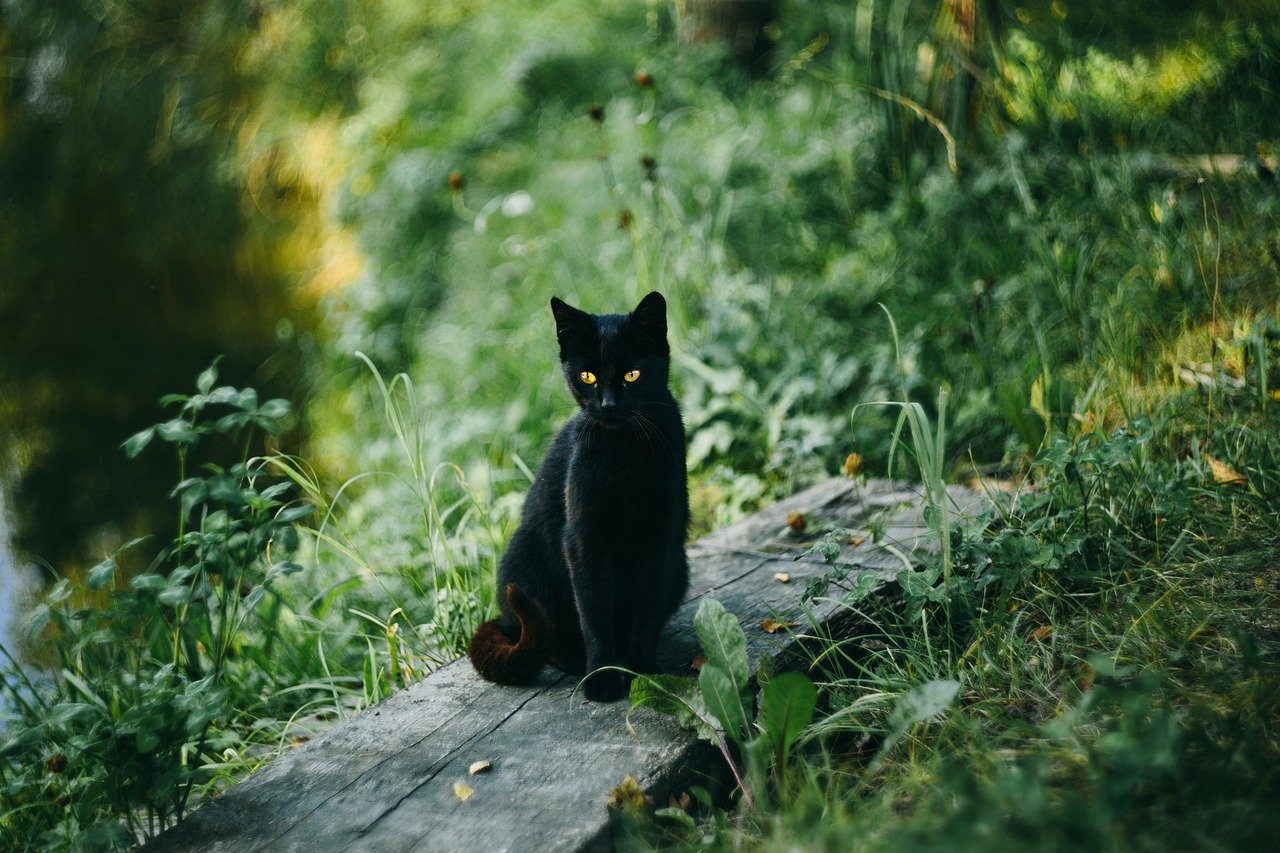
There are many myths about cats being aloof or uncaring. In reality, cats express love differently than dogs or people. Avoiding eye contact isn’t a sign of indifference—it’s a sophisticated way of communicating comfort and respect. By understanding feline culture, owners can break free from old stereotypes and appreciate the subtle ways their cats show affection.
The Importance of Routine
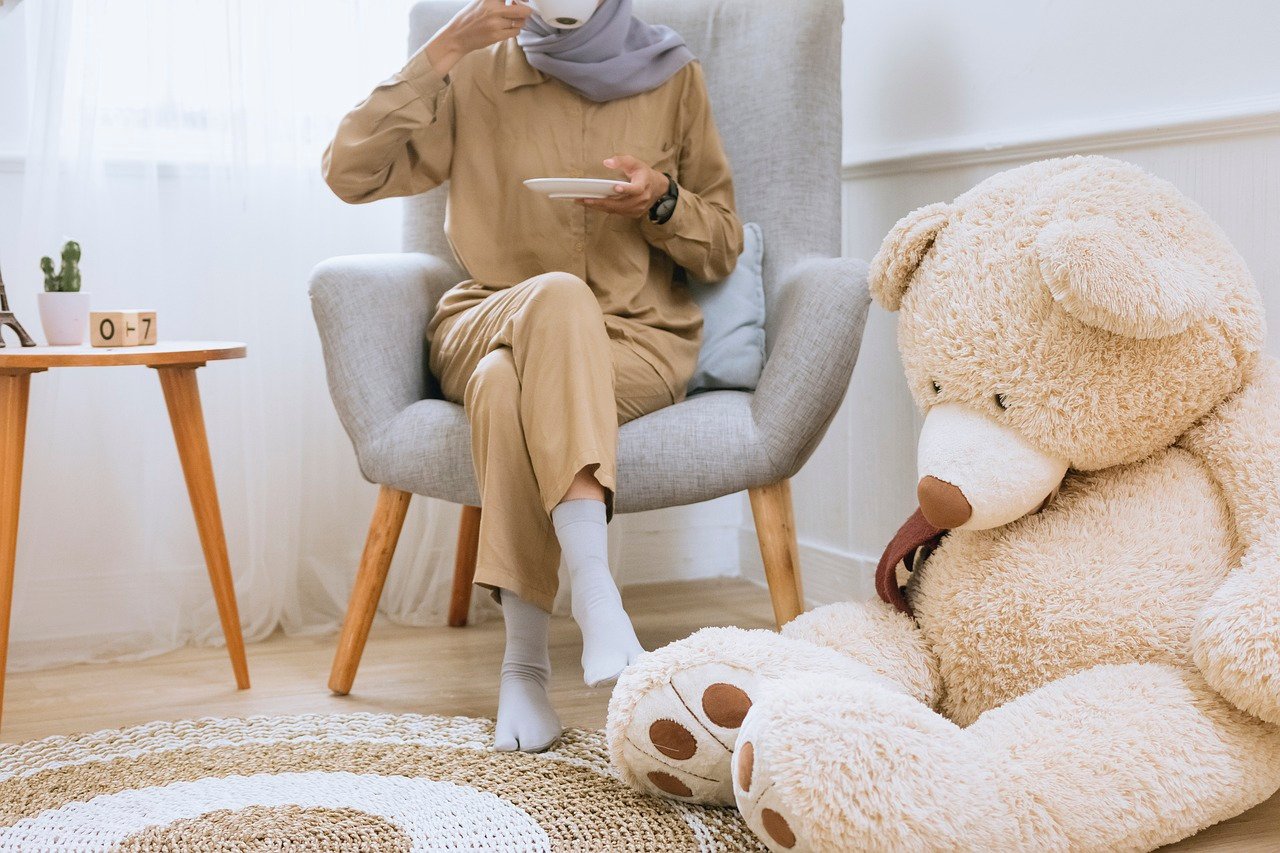
Cats thrive on routine and predictability. Sudden changes in their environment or schedule can make them feel insecure, leading to more avoidance behaviors. Keeping a consistent routine for feeding, playtime, and cuddle sessions helps your cat feel safe. When your cat knows what to expect, they’re more likely to relax and bond, even if they don’t always meet your gaze.
Creating a Safe Environment

A safe, stress-free environment is key to encouraging your cat to bond. Provide cozy hiding spots, scratching posts, and quiet places to retreat. Cats that feel secure are more likely to approach you and share affectionate moments. Remember, a cat that avoids eye contact may be showing you the ultimate trust—relaxing enough in your presence to let their guard down completely.
Responding With Empathy
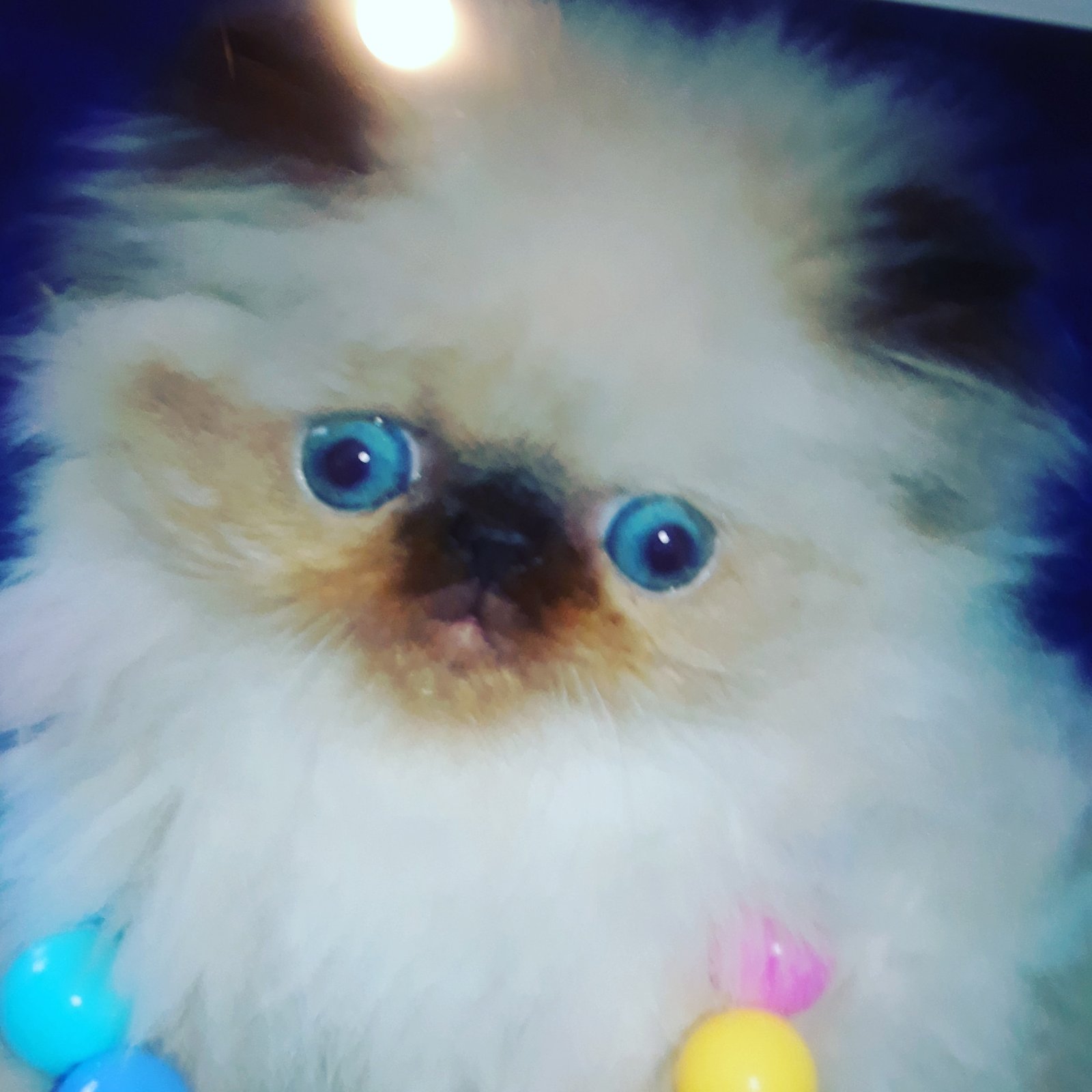
The best way to connect with your cat is to respect their boundaries and respond with empathy. Watch for cues that your cat is comfortable, such as purring, relaxed posture, or gentle head butts. Mirror their body language and offer slow blinks to show affection. By meeting your cat where they are, you build a relationship based on trust and mutual respect—a bond that’s deeper than words or even eye contact.
When Eye Contact Means Love
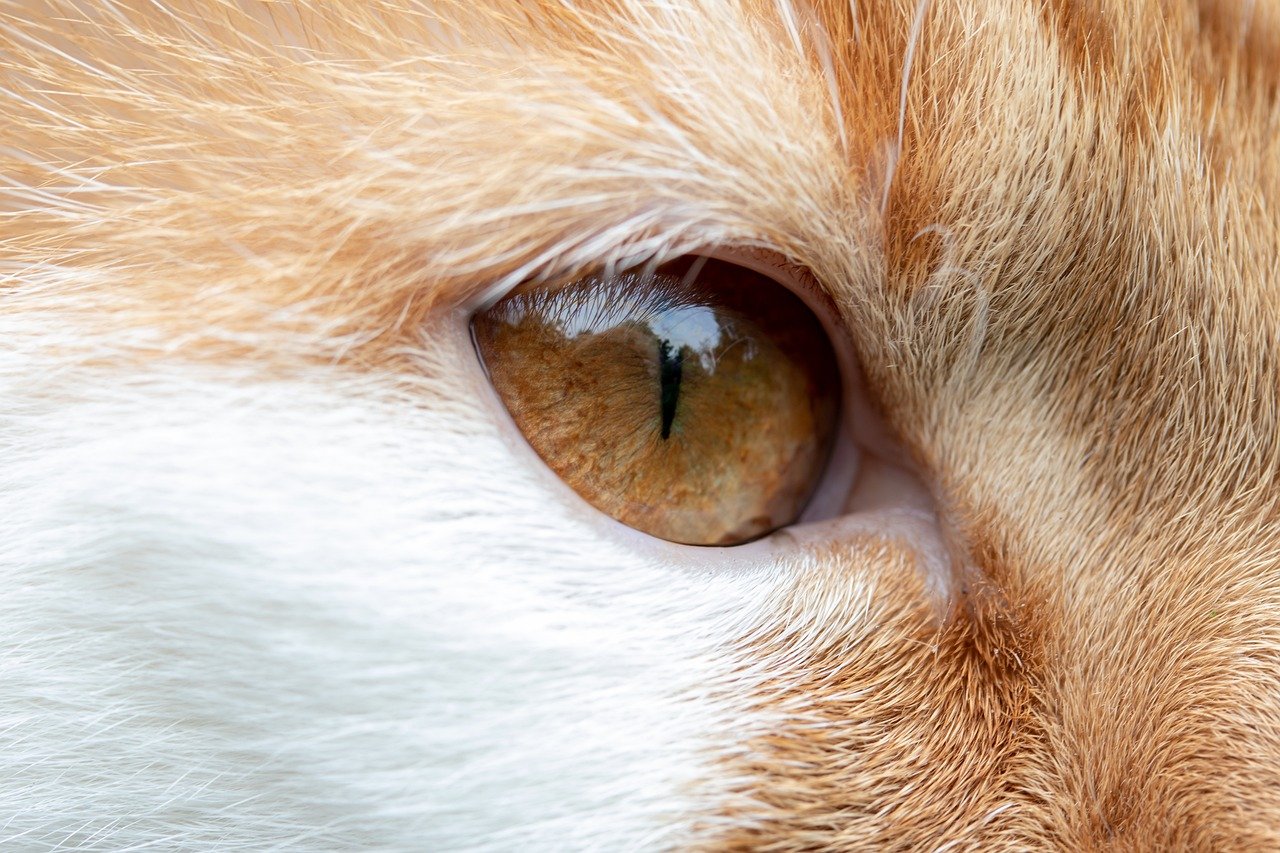
On rare occasions, a cat may seek out your gaze as a special sign of trust. If your cat looks into your eyes and holds your gaze, cherish the moment—it’s their way of saying, “I feel safe with you.” These moments may be fleeting, but they are powerful reminders of the unique bond you share. Not every cat will express affection this way, but those that do are giving you the highest compliment in the feline world.
Hi, I’m Bola, a passionate writer and creative strategist with a knack for crafting compelling content that educates, inspires, and connects. Over the years, I’ve honed my skills across various writing fields, including content creation, copywriting, online course development, and video scriptwriting.
When I’m not at my desk, you’ll find me exploring new ideas, reading books, or brainstorming creative ways to solve challenges. I believe that words have the power to transform, and I’m here to help you leverage that power for success.
Thanks for stopping by, Keep coming to this website to checkout new articles form me. You’d always love it!






